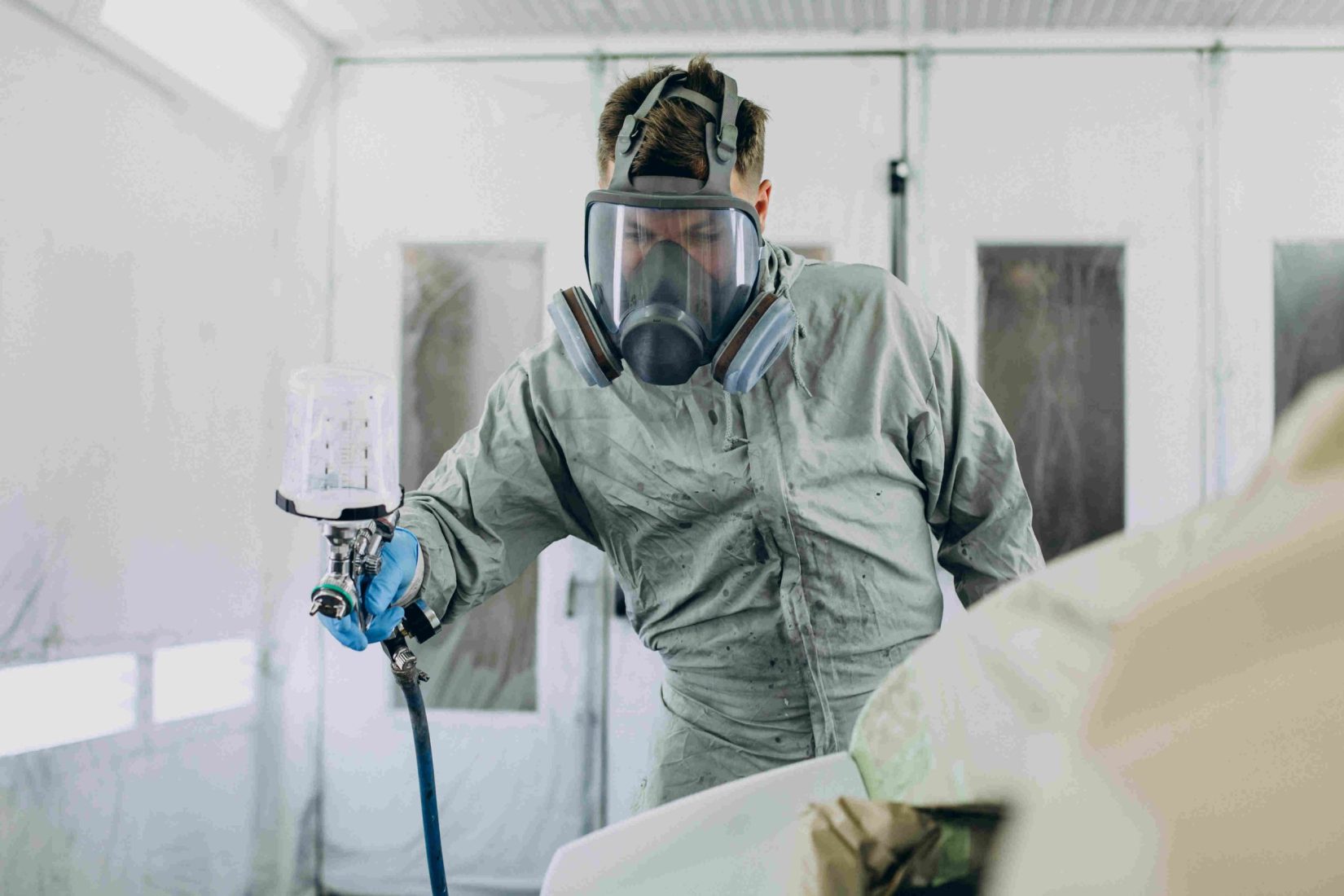
Poor indoor air quality is one of the most overlooked hazards in Alberta workplaces. From construction sites in Calgary to office buildings in Edmonton, air quality issues can quietly compromise employee health, reduce productivity, and increase absenteeism. While Alberta businesses often focus on visible safety risks, invisible airborne contaminants like asbestos, BTEX compounds, silica, and volatile organic compounds (VOCs) pose serious threats if not addressed properly.
Let’s break down the most common workplace air quality concerns in Alberta, how they affect your workforce, and what you can do to mitigate the risks.
Asbestos Exposure: Still a Risk in Older Alberta Buildings
Despite being banned for decades, asbestos is still present in many older buildings across Alberta. Insulation, floor tiles, drywall compound, and ceiling textures are common materials that may contain asbestos. Disturbing these materials during renovations, maintenance, or demolition can release hazardous asbestos fibers into the air.
When inhaled, asbestos fibers can cause chronic respiratory diseases and deadly cancers like mesothelioma. Workers may be unaware of exposure until symptoms appear years later. That’s why asbestos testing in Alberta is not just a precaution—it’s a responsibility for any business operating in older infrastructure.
If you suspect asbestos in your building, it’s essential to have a certified professional conduct a thorough inspection. Testing ensures proper identification, risk assessment, and safe abatement procedures that comply with provincial occupational health regulations.
BTEX Testing: Detecting Dangerous Industrial Chemicals
BTEX stands for benzene, toluene, ethylbenzene, and xylene—four volatile organic compounds commonly found in petroleum-based products such as fuels, solvents, adhesives, and industrial cleaners. In Alberta’s industrial sectors, including oil and gas, transportation, and manufacturing, BTEX compounds can be released into the air through spills, equipment leaks, or improper ventilation.
Long-term exposure to BTEX can lead to serious health issues such as liver and kidney damage, central nervous system disorders, and increased cancer risk—particularly in the case of benzene. Even at low levels, these compounds can cause headaches, dizziness, nausea, and irritation of the eyes and respiratory tract.
BTEX testing is essential for Alberta businesses operating in environments where chemical handling or fuel usage is routine. Monitoring helps identify contamination risks early and provides the data needed to implement proper containment, ventilation, and personal protective measures. By prioritizing regular testing, businesses demonstrate a commitment to safety and reduce liability associated with chemical exposure.
Read More: Managing Respirable Particulates in Alberta Workplaces
Silica Dust: A Major Concern for Alberta’s Construction and Industrial Sectors
Crystalline silica is found in concrete, brick, stone, and mortar—materials used widely in Alberta’s booming construction and manufacturing industries. When workers cut, drill, or grind these materials, they release fine silica dust into the air.
Prolonged inhalation can lead to a serious lung disease known as silicosis, along with other respiratory conditions. Silica exposure is a regulated hazard under
Alberta’s Occupational Health and Safety Code, and employers must implement control measures when silica-generating work is performed.
This includes using wet-cutting methods, proper ventilation, and providing personal protective equipment. Monitoring exposure levels and educating workers about the risks is also key to maintaining compliance and preventing health problems.
VOCs in Office Environments: A Hidden Source of Fatigue and Discomfort
Volatile Organic Compounds (VOCs) are chemicals emitted by office furniture, cleaning products, printers, paints, and adhesives. While individual VOC levels may be low, the cumulative effect—especially in sealed office buildings—can cause fatigue, eye and throat irritation, headaches, and even cognitive impairment.
VOCs are particularly concerning in newer buildings with less natural ventilation. Alberta businesses often notice these issues after renovations or when moving into freshly constructed spaces.
Improving ventilation, selecting low-VOC products, and ensuring proper maintenance of HVAC systems can significantly reduce VOC concentrations. For offices experiencing frequent staff complaints of discomfort or low energy, indoor air quality assessments can pinpoint the specific sources and recommend targeted solutions.
Addressing Air Quality Proactively: A Business Investment, Not an Expense
Maintaining healthy workplace air quality in Alberta isn’t just about ticking a compliance box. It’s about protecting your people, your productivity, and your bottom line. Sick building syndrome, absenteeism, and high employee turnover often stem from poor indoor air environments—issues that are entirely preventable with the right expertise.
Investing in regular air quality assessments, preventive inspections, and prompt remediation is a smart move for any forward-thinking business. Whether you operate a retail space in Lethbridge, a clinic in Red Deer, or a warehouse in Fort McMurray, the air your employees breathe directly affects their well-being and your success.
Don’t Wait Until It Becomes a Problem
If you’re unsure about the air quality in your workplace or have ongoing concerns, now is the time to act. Partnering with a trusted environmental consulting service ensures your business stays compliant, your workforce stays healthy, and your indoor environment remains productive.
Ask Environmental provides reliable testing, assessment, and remediation solutions tailored to Alberta workplaces. With their guidance, you can confidently address issues like asbestos, BTEX, silica, and VOCs before they lead to bigger problems.
